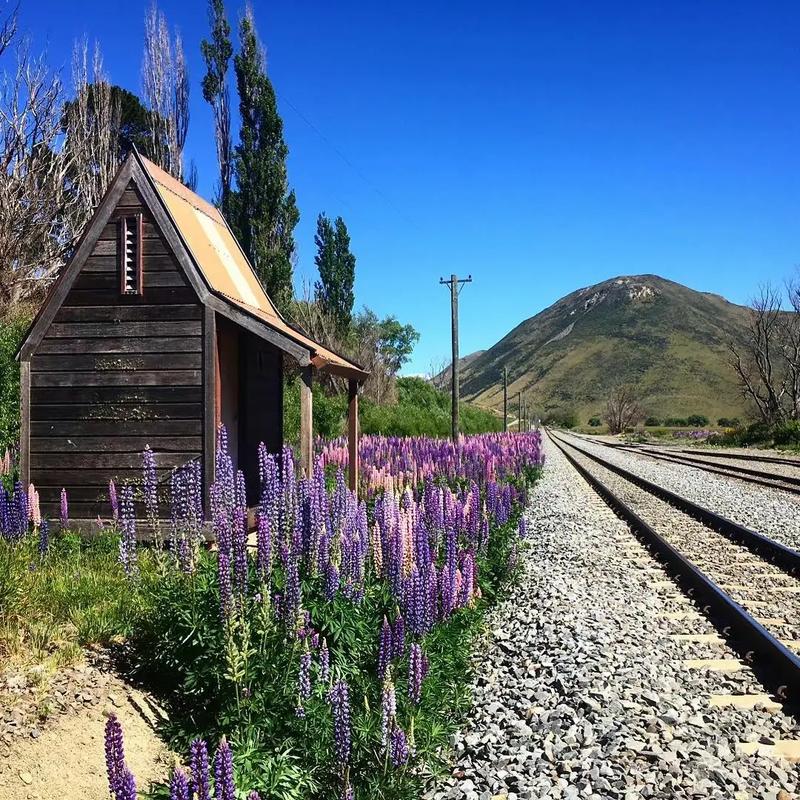Japan Travel
Japan’s Maple Festivals: Autumn Color Attractions
Japan’s Maple Festivals: Autumn Color Attractions
As the sweltering heat of summer gradually recedes, Japan undergoes one of its most breathtaking seasonal transformations. The arrival of autumn paints the archipelago in fiery hues of red, orange, and gold, drawing millions of visitors to witness one of nature’s most spectacular displays: the turning of the maple leaves. Known as kōyō (紅葉) in Japanese, this phenomenon is celebrated with the same reverence and enthusiasm as the spring cherry blossoms. Across the country, maple festivals—often called momiji matsuri—offer a perfect blend of natural beauty, cultural tradition, and seasonal delights.
The magic of Japan’s autumn colors is deeply rooted in its geography and climate. The country’s extensive mountain ranges and varied latitudes create a prolonged leaf-viewing season, typically beginning in late September in Hokkaido and sweeping southward through November. Maple trees, along with ginkgo, Japanese rowan, and beech, respond to the shorter days and cooler temperatures by producing anthocyanins and carotenoids, pigments that replace the green chlorophyll and set the landscape ablaze with color.
One of the most iconic destinations for autumn leaf viewing is Kyoto, the ancient capital. Here, the fusion of historic temples and meticulously maintained gardens with vibrant foliage creates scenes of unparalleled beauty. Tōfuku-ji Temple, founded in 1236, is renowned for its Tsūten-kyō Bridge, which spans a valley filled with maple trees. During the peak season, the bridge offers a panoramic view of a crimson sea, attracting photographers and nature lovers from around the world. Similarly, Arashiyama, on the western outskirts of Kyoto, becomes a masterpiece of color. The famous bamboo grove is complemented by the surrounding hillsides draped in autumn hues, while the Hozu River provides a serene setting for leisurely boat rides.
Further north, in the Tohoku region, the mountainous landscape offers a more rugged yet equally stunning backdrop for autumn colors. Towada-Hachimantai National Park, spanning Aomori and Akita prefectures, is particularly famous. The Oirase Gorge, with its crystal-clear stream flowing through a forest of maples, beeches, and conifers, becomes a corridor of brilliance. Hiking trails along the river allow visitors to immerse themselves in the scenery, with the sound of cascading water adding to the sensory experience.
In central Japan, the Japanese Alps provide some of the country’s most dramatic autumn vistas. The Kamikōchi Valley, a highland basin in the Northern Alps, is accessible only by public transport, preserving its pristine environment. Here, the golden larches and red maples contrast sharply with the rugged peaks, already dusted with early snow. The reflection of the colors in the crystal-clear waters of the Azusa River is a sight to behold.
Beyond these well-known spots, countless local festivals celebrate the autumn season. The Nikko Tōshō-gū Maple Festival in Tochigi Prefecture, for instance, combines natural beauty with historical reenactments. Participants dressed as samurai process through the UNESCO World Heritage site, surrounded by centuries-old trees in full color. Similarly, in Tokyo, the city’s gardens—such as Rikugien and Shinjuku Gyoen—host evening illuminations, where carefully placed lights enhance the colors of the leaves, creating an almost surreal atmosphere.
The cultural significance of autumn in Japan extends beyond mere observation. It is a season deeply embedded in the arts, literature, and daily life. The concept of mono no aware—a sensitivity to the transient beauty of things—is often evoked during this time. The fleeting nature of the autumn leaves, at their peak for only a week or two, reminds people to appreciate the present moment. Poets and painters have long drawn inspiration from this season, capturing its elegance and melancholy in their works.

Culinary traditions also play a central role in the maple festival experience. Street stalls and tea houses offer seasonal treats such as momiji tempura—maple-leaf-shaped cakes sweetened with sugar and filled with red bean paste—a specialty of Miyajima in Hiroshima Prefecture. Warm beverages like sweet sake (amazake) or roasted green tea provide comfort against the crisp autumn air. Many visitors enjoy combining leaf viewing with a relaxing soak in an outdoor hot spring (onsen), where the view of colorful slopes from the steamy waters becomes an unforgettable memory.
However, the popularity of these festivals also presents challenges. Over-tourism in famous spots like Kyoto has led to concerns about environmental preservation and the impact on local communities. In response, some regions are promoting lesser-known destinations to distribute visitor numbers more evenly. Places like Iya Valley in Shikoku or the Kunisaki Peninsula in Kyushu offer equally stunning autumn scenery with fewer crowds, allowing for a more tranquil experience.
Moreover, climate change poses a long-term threat to the autumn colors. Warmer temperatures can delay the color change and shorten the viewing season, while extreme weather events may damage the trees. Researchers and conservationists are closely monitoring these trends, recognizing that the cultural and economic importance of kōyō necessitates proactive measures.
In essence, Japan’s maple festivals are more than just tourist attractions; they are a profound expression of the nation’s relationship with nature and the seasons. They invite visitors to slow down, observe deeply, and connect with a tradition that has been cherished for centuries. Whether strolling through a Kyoto temple garden, hiking a remote mountain trail, or savoring a seasonal delicacy, the experience of autumn in Japan leaves an indelible impression—a memory of fleeting beauty, gracefully embraced.
相关文章
- Yamagata’s Zao Onsen: Snow Monster Hot Spring Attraction
- Japan’s Maid Cafés: Akihabara Subculture Attractions
- Okayama’s Okayama Korakuen: Historic Garden Attraction
- Japan’s Horse Racing Tracks: Equestrian Sports Attractions
- Tokyo’s Odaiba Gundam: Anime Icon Attraction
- Japan’s Doll Festivals: Hinamatsuri Attractions
- Kagoshima’s Ibusuki Onsen: Sand Bath Hot Spring Attraction
- Japan’s Table Tennis Clubs: Recreational Attractions
- Kyoto’s Nishiki Market: 400-Year-Old Food Attraction
- Japan’s Camellia Festivals: Winter Flower Attractions
发表评论
评论列表
- 这篇文章还没有收到评论,赶紧来抢沙发吧~


